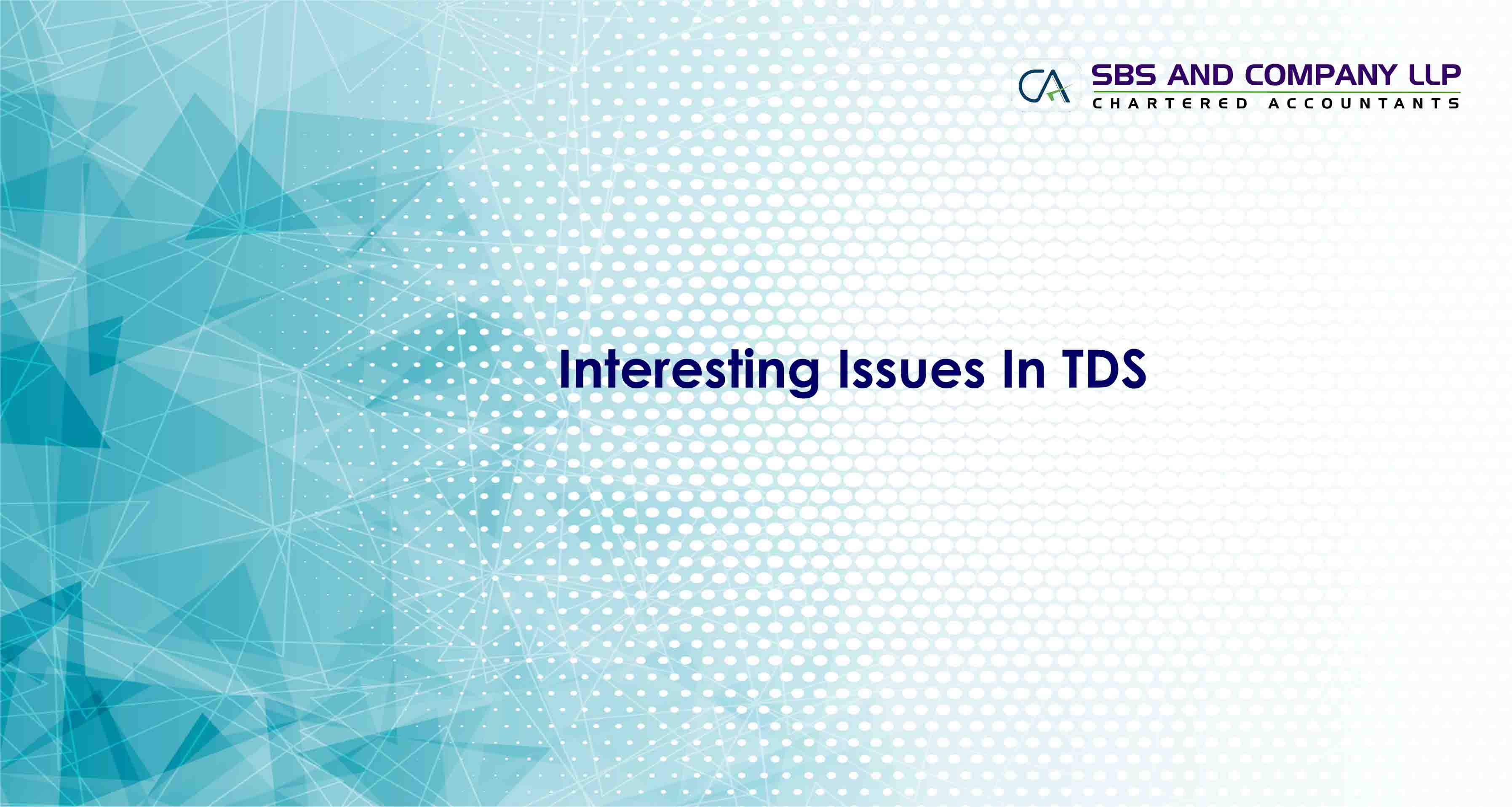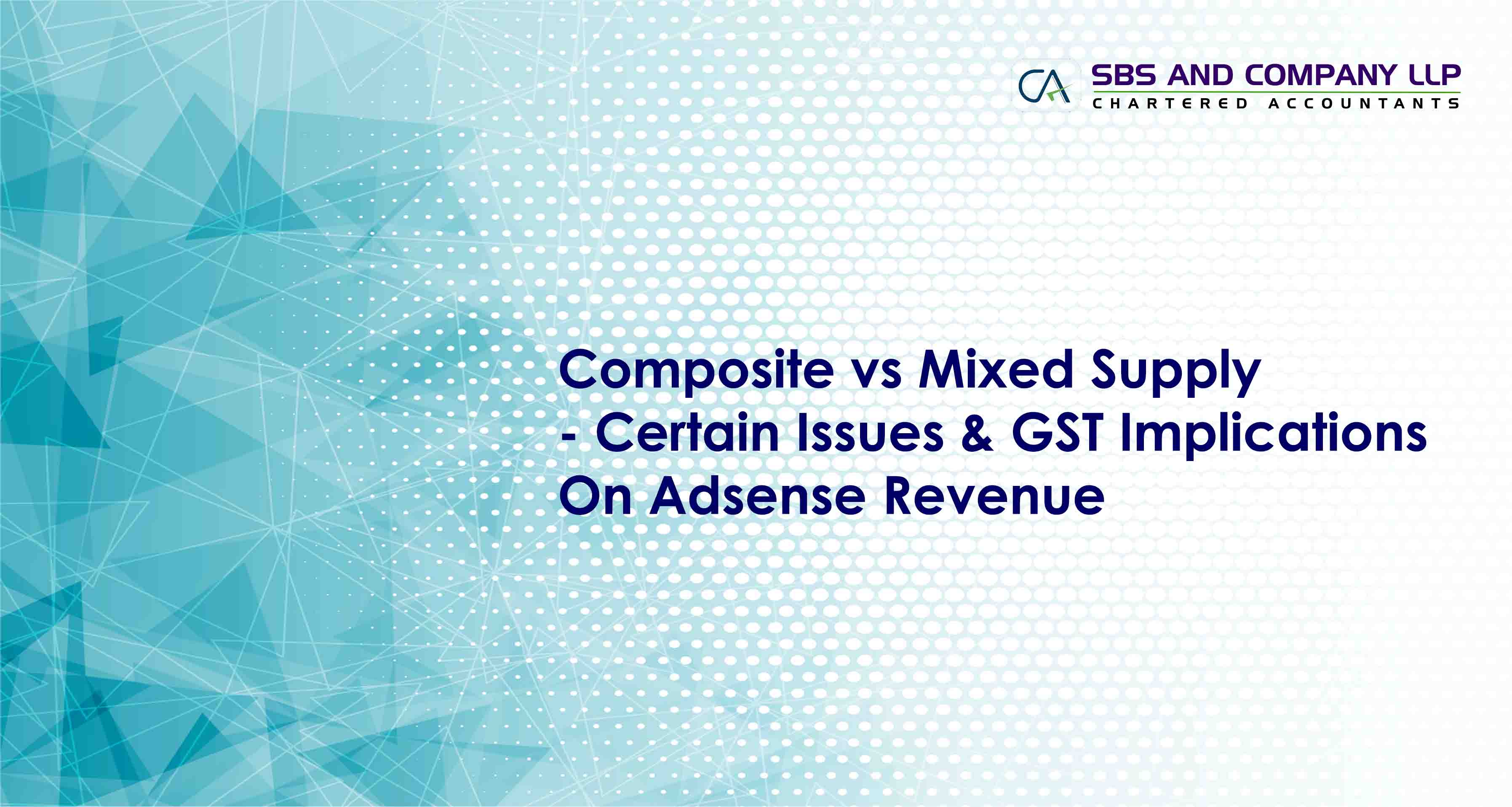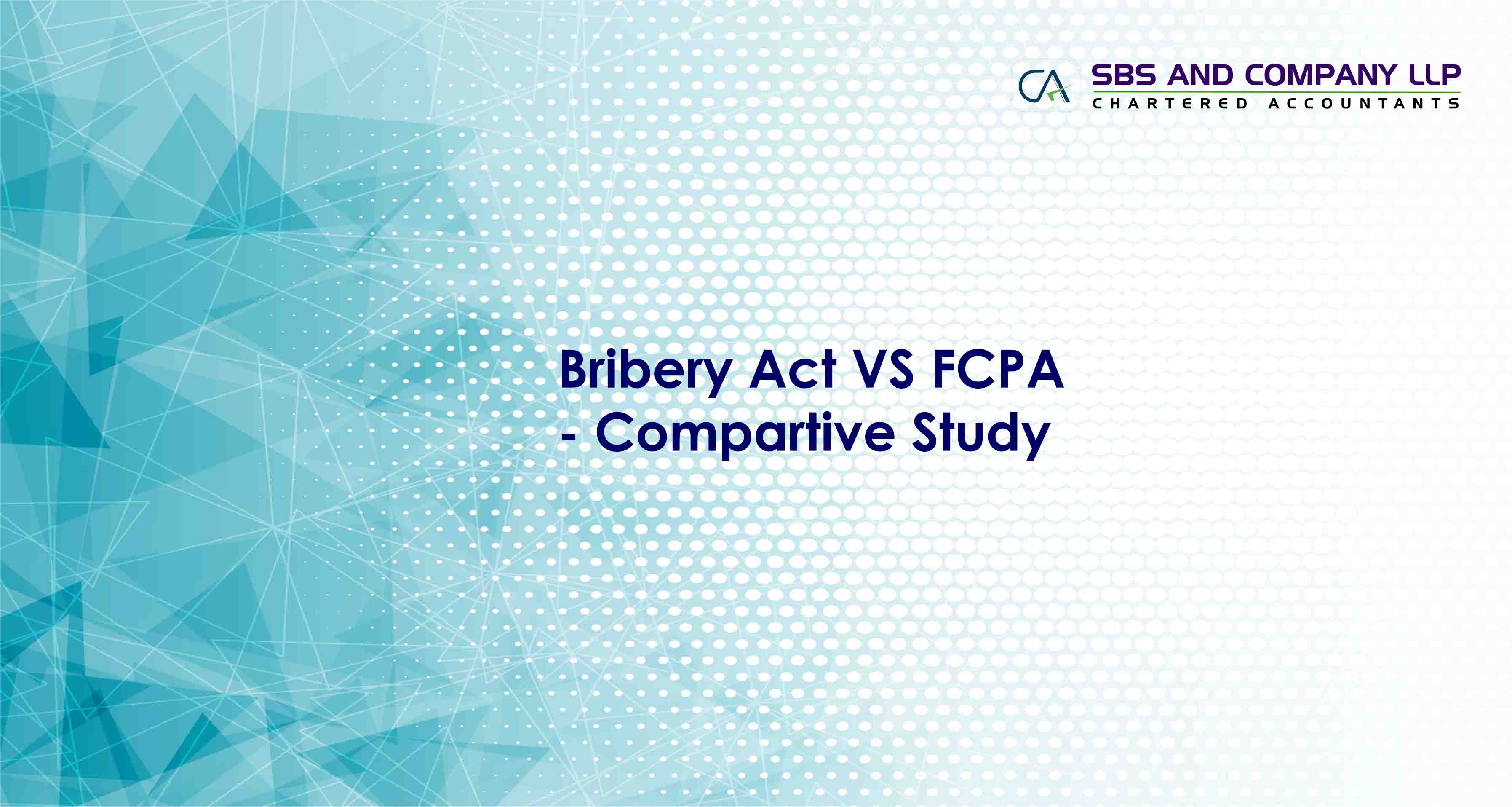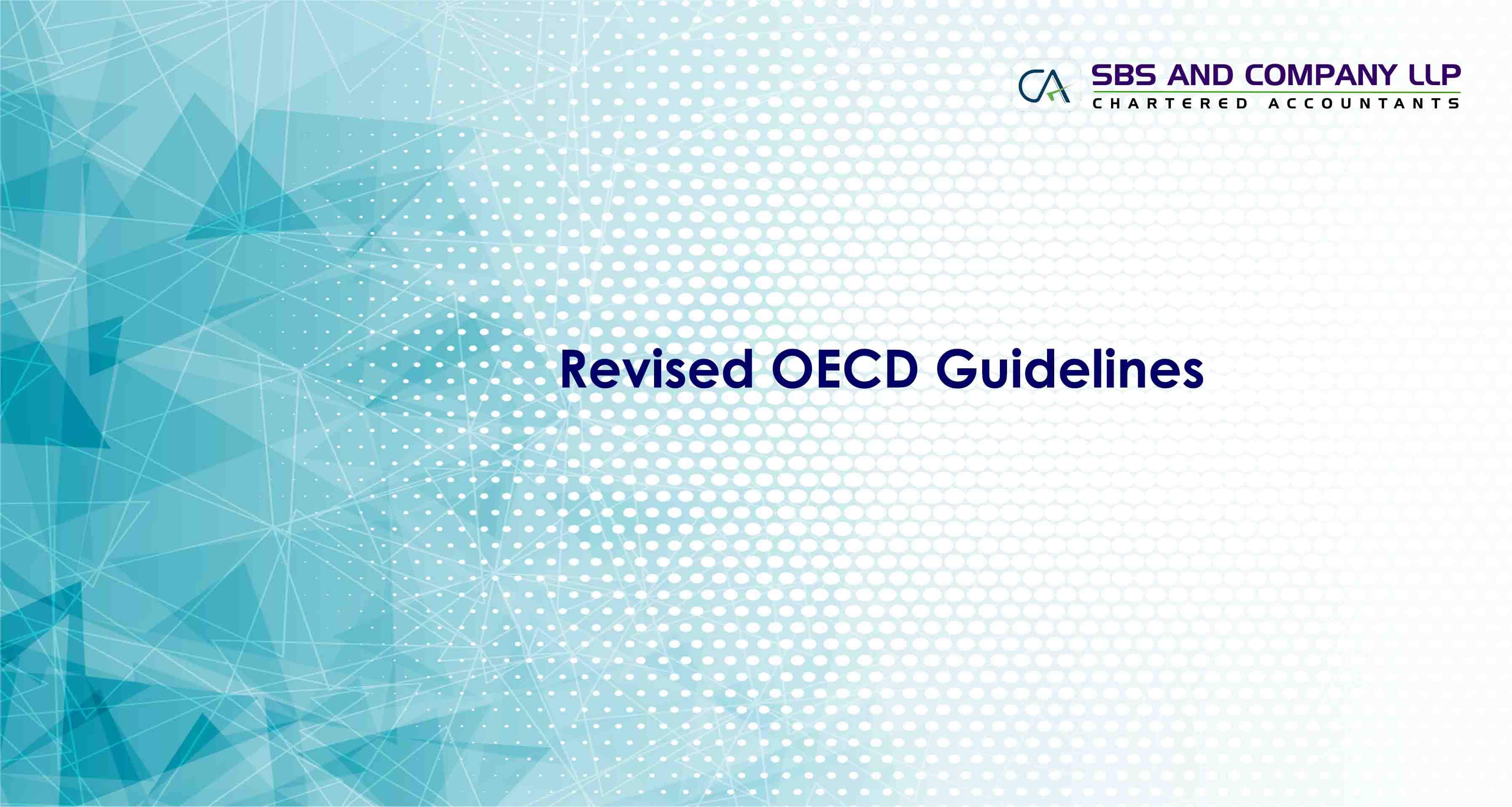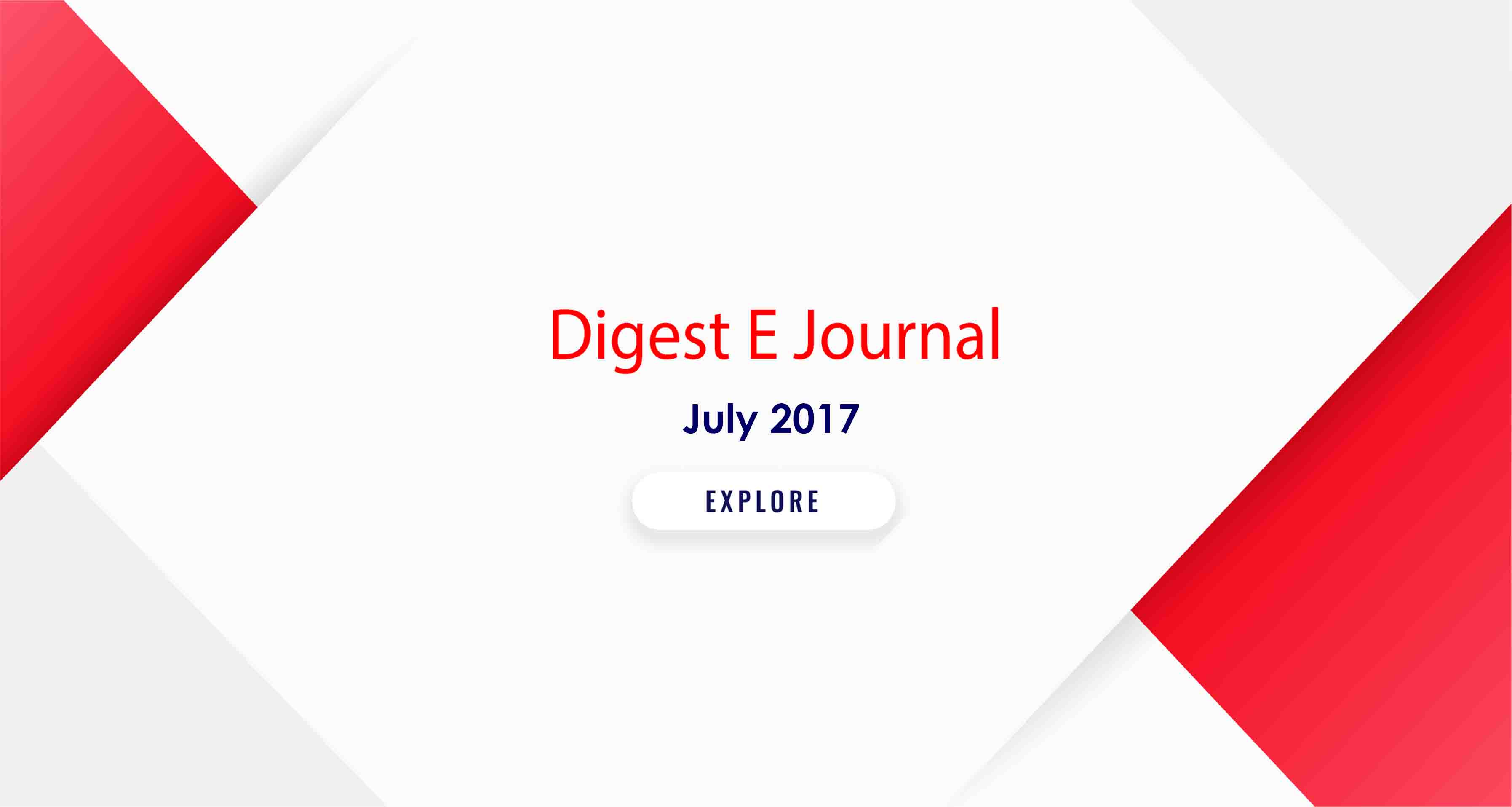In the era of digitized information, online advertising has grown leaps and bounds over the decade. In this regard, Google has introduced revolutionary technology called ‘Google AdSense’. The said technology can be broadly classified in two types. One is ‘AdSense for Search’, where the said technology is designed to enable website publishers who want to display targeted text, video or image advertisements on their website pages and earn money when site visitors view or click the ads. The other type is ‘AdSense for Content’ where ads are placed on content shared in Google online platforms like Blogger and You Tube and Google share a portion of revenue with the owners of the content. In this article, the GST implications on AdSense revenue shared by Google to website publishers or the content owners as the case may be are discussed.
WHETHER THE REVENUE SHARE TO WEBSITE OWNERS OR CONTENT SUPPLIERS AMOUNTS TO SUPPLY?
Before, we analyse the tax implications, let us understand the manner in which online advertising is undertaken through this AdSense technology. In the transactions relating to online advertising through AdSense, there are three players involved. One is the customer who wants to place their ads in various websites. The second player is Google who would be approached by customer to place their ads. The third player is the web publishers (website owners) who publish information in their websites which will be accessed by netizens .In case of Google Online Platforms like Blogger and YouTube, the content owners who maintain blogs or upload videos as the case may be will replace the role of website publishers. Google places ads on the websites or their online platforms in order to reach the netizens. The customers who desires to place ads in websites pays money to Google and a portion of same is shared to website owners.
With this understanding of the business model, let us proceed to understand the GST implications. The placing of ads by Google for customers amounts to supply of the nature of sale of space for online advertising. GST is applicable on this transaction. The next important question for consideration is whether the website publishers or content owners are said to have supplied any service to Google in order to attract GST.
One prevalent conception in this regard is that Google is sharing revenue on the basis of clicks/views and there is no service undertaken by these website publishers or content owners. In this context, Let us examine the word ‘Supply’ as defined under Section 7 of CGST Act, 2017 which is reproduced as follows;
- For the purposes of this Act, the expression “supply” includes––
- all forms of supply of goods or services or both such as sale, transfer, barter, exchange, licence, rental, lease or disposal made or agreed to be made for a consideration by a person in the course or furtherance of business;
- import of services for a consideration whether or not in the course or furtherance of business;
- the activities specified in Schedule I, made or agreed to be made without a consideration; and
- the activities to be treated as supply of goods or supply of services as referred to in Schedule II.
12 | P a g e
SBS Wiki www.sbsandco.com/wiki
In view of the above definition of ‘Supply’, the term ‘supply’ is defined in an inclusive manner which includes all kinds of supply of goods or services undertaken for a consideration by a person in the course or furtherance of business. Therefore, any activity undertaken for consideration in the course or furtherance of business would become supply. In this context, let us understand that whether the website publishers or content owners are carrying out any activity in order to conclude that there is a supply of service by them to Google.
Google will place ads only on those websites or on the content shared by content owners who have opened AdSense account by satisfying the conditions and accepting the pre-determined terms of Google. Thus by creating AdSense account, the website publishers or content owners gives right or permission to Google to monetize their websites/content by placing ads. This by itself constitutes a supply of service in the course or furtherance of business without which Google’s activity of placing ads in others websites or content may not be lawful.
Temporary transfer or permanent transfer or permitting to use the intellectual property right in respect of goods other information technology software is subject to GST at 12%. The website publishers or the content owners does not extend any copyright being intellectual property relating to their content but it merely extends to Google, a right towards commercial exploitation of their website or content by placing ads. Thus the right extended is a mere intangible right other than intellectual property right. In view of this reason, the service undertaken by website publishers or the content owners would be covered under the residuary category i.e. services not elsewhere specified and subject to GST at 18%.
WHETHER THE SAID SERVICES QUALIFY AS EXPORT?
Google accepts the terms and conditions with the website publishers and content owners globally with any one of the following entities as contracting party depending on the location of the website publishers or content owners;
- Google Inc.
- Google Ireland
- Google Advertising (Shanghai) Company Limited
- Google Asia Pacific Pte. Ltd
With respect to website publishers or content owners situated in India, the contract party of Google is Google Asia Pacific Pte. Ltd which is located in Singapore. Thus the recipient of service in case of AdSense Revenue is situated outside India and the services are cross border. In such case, the governing Legislation to determine the tax implicationsis Integrated Goods and Services Tax Act, 2017 (herein after referred to IGST Act).
Section 5 of the IGST Actprovides for levy of IGST which provides that IGST shall be levied on all inter-state supplies of goods or services. Whether a particular supply becomes an Inter-State supply or not shall be determined in accordance with the provisions of Section 7.Sub-section (5) of the said section talks about the situations where supplies taking place between a supplier located in India and the recipient of supply located outside India. The said sub-section is reproduced as under;
13 | P a g e
|
GST Implications on AdSense Revenue |
SBS Wiki www.sbsandco.com/wiki
“(5) Supply of goods or services or both,––
- when the supplier is located in India and the place of supply is outside India;
- to or by a Special Economic Zone developer or a Special Economic Zone unit; or
- in the taxable territory, not being an intra-State supply and not covered elsewhere in this section, shall be treated to be a supply of goods or services or both in the course of inter-State trade or commerce.
In view of the above provision, a supply of goods or service will become inter-state supply if the supplier is located in India and place of supply is outside India. In the instant case, website publishers or content owners are located in India. Therefore, the service involved can be considered as an inter-state transaction only when the place of supply of the said service is said to be outside India.
To determine, place of supply in case of cross border services, section 13 of the IGST Act, 2017 is relevant. Sub-section(2) of said section provides that in case of cross border services, place of supply in general is the location of the recipient of service unless the situation or instance is expressly covered under other sub-sections of said section. On perusal of section 13, the service involved in the present case is not covered by any specific instance or situation of the other sub-sections of the said section. Therefore, the place of supply of the present service shall be determined in terms of sub-section (2). Accordingly, location of recipient of supply is the place of supply which is outside India in the present case. Therefore, the service involved in the present case, can be considered as an inter-state supply which comes within the ambit of levy under section 5 of the IGST Act, 2017.
However, it is worth to examine Section 16 of the IGST Act, 2017 which provides that certain supply of goods or services are to be treated as Zero-rated supplies (no need to pay any GST). The said section is reproduced as under—
“16. (1) “zero rated supply” means any of the following supplies of goods or servicesor both, namely:––
(a) export of goods or services or both; or
(b) supply of goods or services or both to a Special Economic Zone developer or a Special Eco n o m i c Zone unit.
- Subject to the provisions of sub-section (5) of section 17 of the Central Goods and Services Tax Act, credit of input tax may be availed for making zero-rated supplies, notwithstanding that such supply may be an exempt supply.
- A registered person making zero rated supply shall be eligible to claim refund under either of the
following options, namely:––
- he may supply goods or services or both under bond or Letter of Undertaking, subject to such conditions, safeguards and procedure as may be prescribed, without payment of integrated tax a n d claim refund of unutilised input tax credit; or
(b) he may supply goods or services or both, subject to such conditions, safeguards and procedure a s may be prescribed, on payment of integrated tax and claim refund of such tax paid on goods or services or both supplied, in accordance with the provisions of section 54 of the Central Goods and Services Tax Act or the rules made thereunder.”
14 | P a g e
|
GST Implications on AdSense Revenue |
SBS Wiki www.sbsandco.com/wiki
In terms of sub-section (1) of the said section, exports of goods or services are treated as zero-rated. The term ‘Export of Service’ is defined under section 2(6) of the IGST Act, 2017 which is reproduced as under—
“export of services” means the supply of any service when––
- the supplier of service is located in India;
- the recipient of service is located outside India;
- the place of supply of service is outside India;
- the payment for such service has been received by the supplier of service in convertible foreign exchange; and
- the supplier of service and the recipient of service are not merely establishments of a distinct person in accordance with Explanation 1 in section 8”
In terms of the above definition, a service is said to be exported if the supplier of service is located in India and recipient is located outside India and payment has been received in convertible foreign exchange. In the instant case, the recipient of service Google Asia Pacific Pte Ltd, is located in Singapore and therefore, the service qualifies as an export of service. Accordingly, the supply of services by website publishers or the content owners will be considered as zero-rated supplies and no GST is required to be paid.
CONCLUSION:
In view of the foregoing discussions, AdSense revenue shared by Google to website publishers or content owners will be a supply of service that attracts GST at the rate 18%. However, as the contracting party of Google i.e. Google Asia Pacific Pte Ltd is located in Singapore and the website publishers or content owners are located in India are paid in convertible foreign exchange, the services qualifies as an export and are zero-rated supplies. Thus in the opinion of the paper writers, no GST is required to be paid on share of AdSense revenue by Google.


